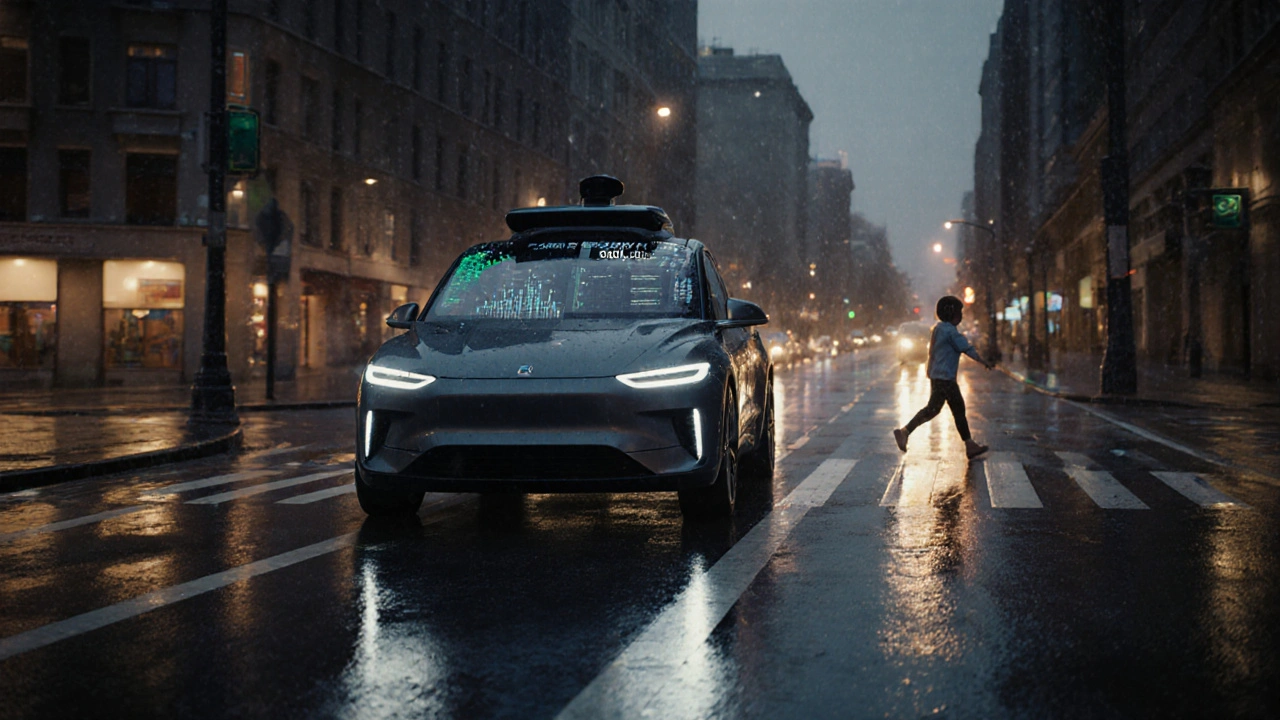When you hear autonomous driving technology, a system that helps a vehicle navigate with minimal human input using sensors, cameras, and software. Also known as self-driving cars, it’s not just for futuristic prototypes anymore—many 2018 models already have pieces of it built in. But don’t let the hype fool you. Your 2018 car isn’t fully self-driving. What it likely has are driver assistance systems, features like automatic braking, lane keeping, and adaptive cruise control that reduce driver workload. These aren’t magic. They’re sensors and cameras doing one job at a time, and they need you to stay alert.
Most 2018 cars with these features fall under Level 1 or Level 2 automation, according to the SAE standard. That means the car can steer or brake on its own—but not both at once, and never without you watching. ADAS, the shorthand for Advanced Driver Assistance Systems, is what you’re really dealing with. Think of it like a co-pilot who’s good at spotting lane markings but can’t read traffic lights or decide when to change lanes. If you’ve ever had your car gently nudge you back into your lane or slam the brakes when a car ahead stops suddenly, that’s ADAS at work. It’s not perfect. Rain, glare, or dirty sensors can mess it up. But when it works, it prevents accidents.
What’s surprising is how many 2018 models quietly include these features—even in base trims. Toyota’s Safety Sense, Honda’s Sensing, Ford’s Co-Pilot360, and GM’s Super Cruise (on select models) all show up in cars you can buy for under $25,000. You don’t need a Tesla to get automatic emergency braking or blind spot warnings. These aren’t luxury add-ons anymore—they’re becoming standard because they save lives. Insurance companies even give discounts for them. And if you’re thinking about buying a used 2018 car, checking for these systems should be part of your checklist. A car with ADAS is safer, easier to drive in traffic, and holds its value better.
But here’s the catch: people start trusting these systems too much. They lean back, stop looking at the road, and assume the car will handle everything. That’s how accidents happen. The technology is there to help, not replace you. Your brain still has to be in charge. That’s why every manufacturer warns you to keep your hands on the wheel. Even if your car says "hands off," it doesn’t mean you should take them off.
What you’ll find in the posts below are real-world breakdowns of how these systems actually perform, what they can and can’t do, and how to tell if yours is working right. You’ll see how to test your car’s automatic braking, why your lane assist keeps pulling you left, and which 2018 models had the most reliable setups. There’s no fluff—just what you need to know to use these features safely and understand what you’re really paying for when you buy a car with "advanced driver assistance."
Posted by
Liana Harrow
8 Comments

Edge computing in vehicles processes data on board for instant reaction, cutting latency to under 10ms. This makes autonomous safety features like emergency braking reliable-even without internet. It's now standard in new cars.
read more